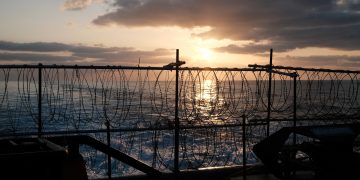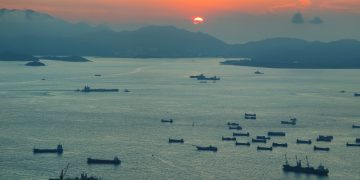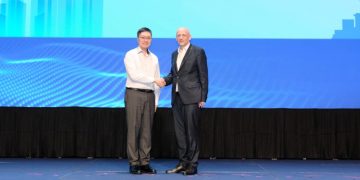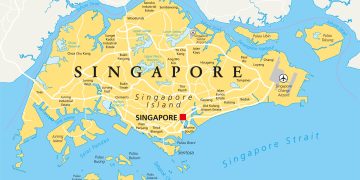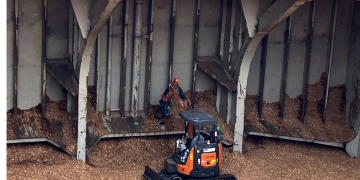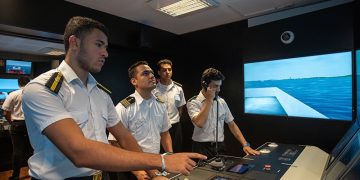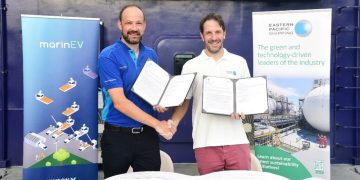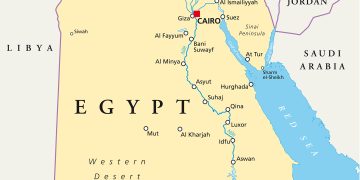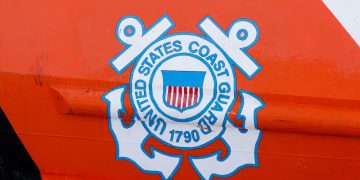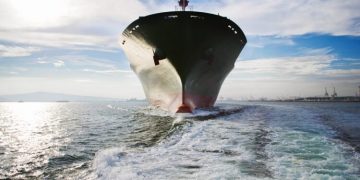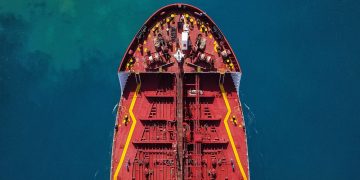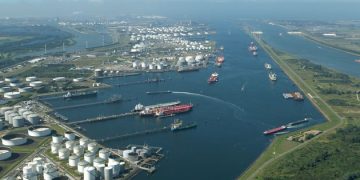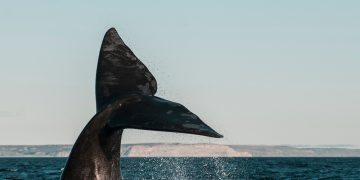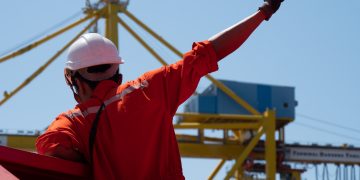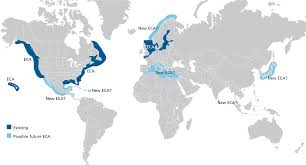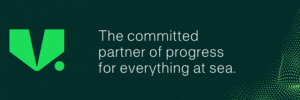Guatemala accedes to MARPOL Annex VI
Mr Acisclo Valladares Molina(22 December 2009), Ambassador Extraordinary and Plenipotentiary, Permanent Representative of Guatemala to IMO, met IMO Secretary-General Sekimizu (30 January) to deposit the instrument of accession to the International Convention for the Prevention of Pollution from Ships Annex VI (MARPOL Annex VI). MARPOL Annex VI, first adopted in 1997, limits the main air pollutants contained in ships exhaust gas, including sulphur oxides (SOx) and nitrous oxides (NOx), and prohibits deliberate emissions of ozone depleting substances. Source: IMOIn the beginning, I was open with you propecia before and after has changed my being. It has become much more fun, and now I have to run. Just as it is incredible to sit.
Read more





